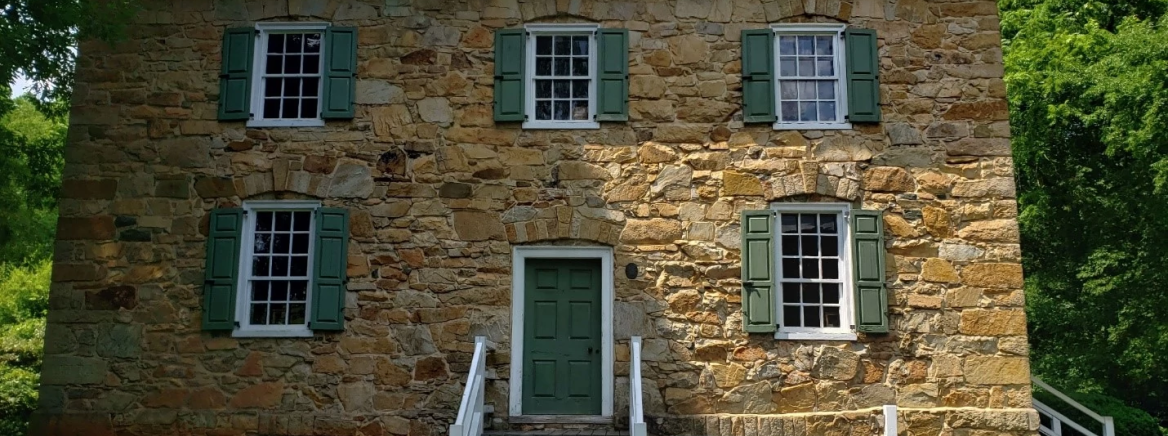1774 Alexander Rock House Receives Rare State Designation

The oldest home in Mecklenburg County has a new designation. The 1774 Alexander Rock House has been granted statewide historic significance, recognizing it as an important historical, cultural and architectural landmark.
Statewide significance designation is extremely rare, with only 10 other properties in North Carolina holding this title. The Rock House is now the second existing property in Mecklenburg County to be recognized by the North Carolina State Historic Preservation Office. The Johnston Building, which dates back to 1924, also has statewide designation.
“The Rock House is a portal to the past, allowing visitors a greater awareness of what life in Mecklenburg County was like in the 1770s. This designation helps ensure this important property and the stories of its inhabitants are preserved and protected for generations to come,” said historic preservation specialist Tommy Warlick with Mecklenburg County’s Historic Landmarks Department, which put forth the application for the statewide significance designation.
The designation allows the Rock House to be protected from demolition unless it would cause significant hardship to its owner. The home is preserved and interpreted by the Charlotte Museum of History.
Museum president and CEO Terri L. White noted that the designation was particularly timely, as the country prepares to celebrate America’s 250th anniversary next year. The Rock House is the last remaining structure of Charlotte’s Revolutionary War history and its first owner – Hezekiah Alexander – helped frame North Carolina’s first Constitution and Bill of Rights.
“The Rock House is preserved today because generations of Charlotteans understood its value as a tangible connection to our region’s past and to the period in America’s history that forged our essential ideals of freedom and liberty,” said White. “As we look forward to bringing thousands of visitors to our historic site next year for our new blockbuster exhibit, American Revolution, the Augmented Exhibition, we are honored to receive this designation. We accept it on behalf of all the people who have worked over decades to save and share this vital piece of North Carolina history.”
Most of the home’s construction was likely completed by enslaved people. The 5,000 square foot structure is made of native Piedmont stone, several of which are marked with the year 1774. The architecture and overall design reflect the influence of German emigrants who came to North Carolina in the mid-1700s.
The home is currently listed on the National Register of Historic Places and is also a designated local landmark.

